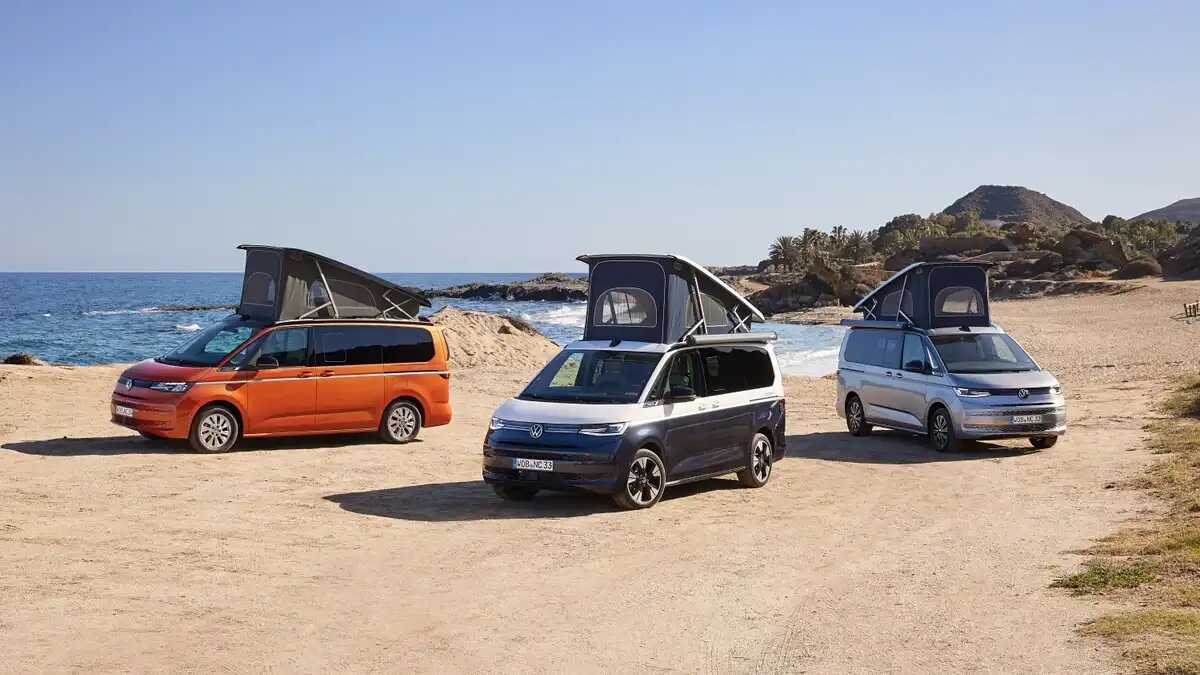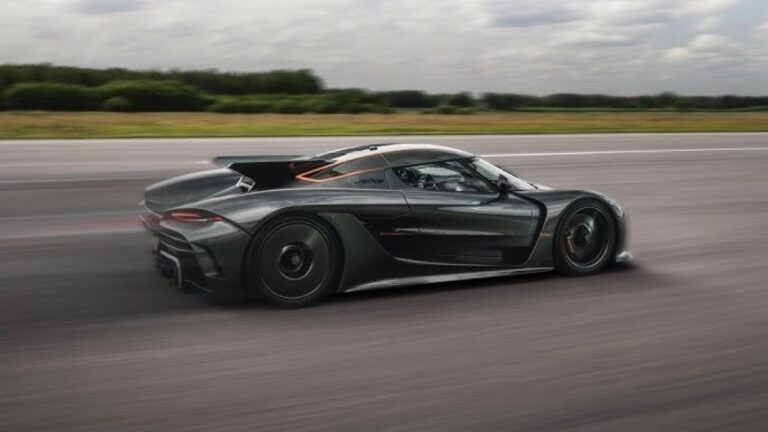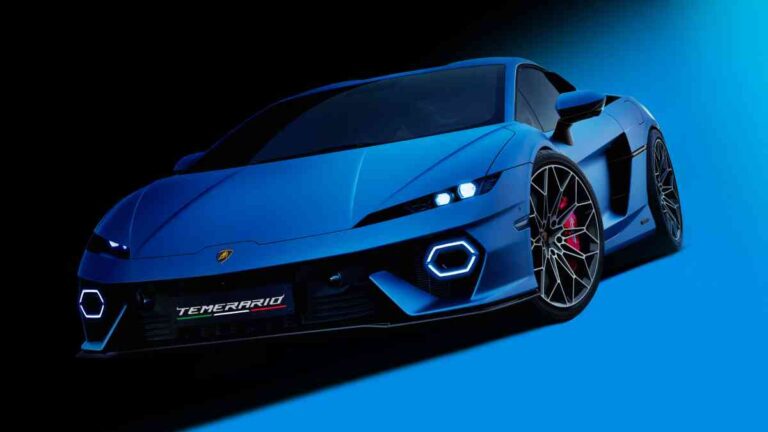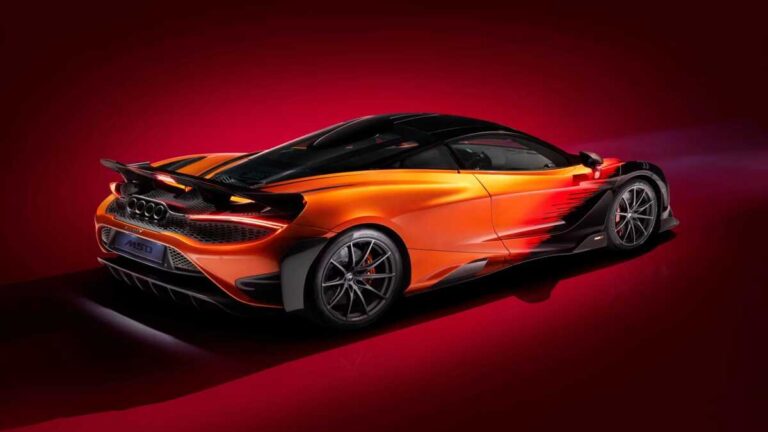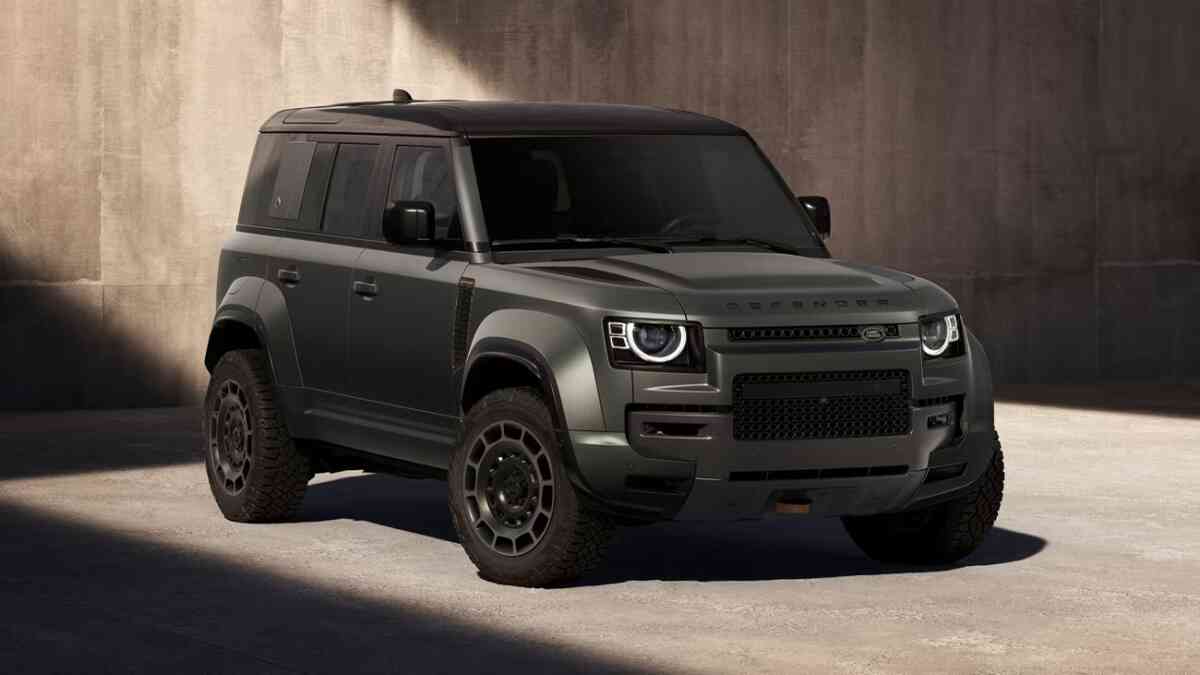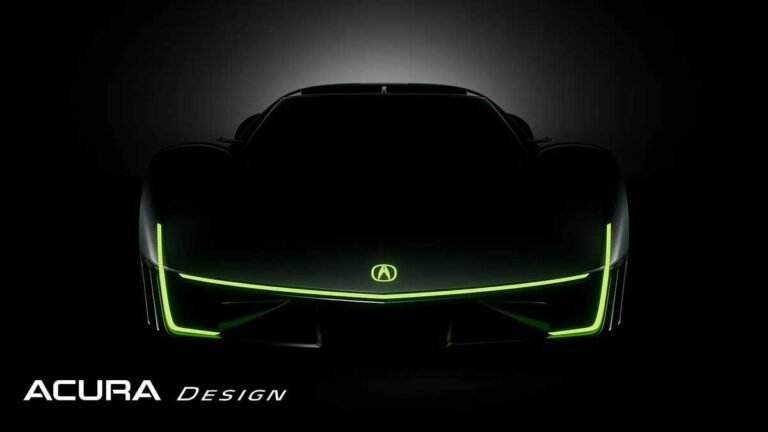2024 Hyundai Santa Fe Review: Exterior, Interior, Performance, Pricing, and More
The Hyundai Santa Fe is back with a fresh look, upgraded interior, improved performance, and a price that could make it a top pick in SUV category.
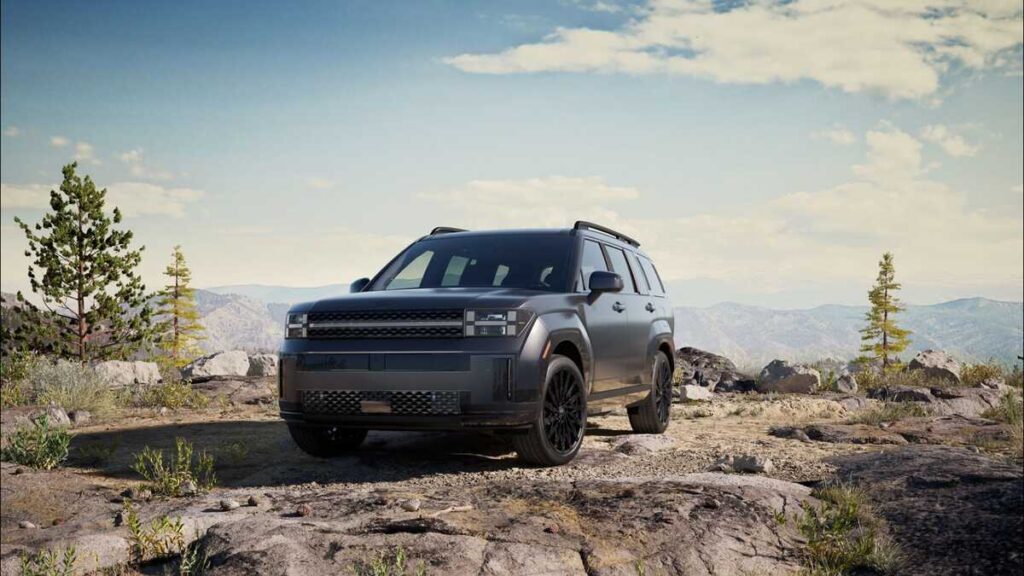
The Hyundai Santa Fe likes change. It has changed so much since the 24 years it has been in the market now. But Hyundai has taken this mania for change to the next level in this year’s model. Practically every identifiable element of Santa Fe has been stripped away, and we now have extreme exteriors, comfortable interiors, and enhanced performance.
Hyundai Santa Fe Exterior
If all you see when you spot the new Hyundai Santa Fe on the road is the letter H, don’t worry, you haven’t gone mad, because we see it too. That is the theme of this vehicle’s exterior. The taillights, headlamps, and the front bumper all spell the letter H. This gives the Santa Fe kind of a boxy feel, but it’s unique.
At first glance, the new Santa Fe might look like it is a full-size SUV because it has grown 1.4 inches taller and 1.8 inches longer. However, it is a mid-size one. Palisade is still longer than this car, with a total length of 196.1 inches.
An interesting feature Hyundai has put in the 2025 model is a handhold hidden in the C-pillar. It pops out when lightly pressed. This is meant to make reaching the roof easier. However, first, we have to climb the tire. The sentiment behind this addition is great, but not everyone will benefit from it.
New XRT Trim
Hyundai has decided to deck out the Santa Fe with gear for off-roading. Not too extreme, of course, but it still adds a lot of versatility to the vehicle. The XRT trim has an all-wheel drive and an extra 1.3 inches of ground clearance. The tires are all-terrain 30-inches ones and the rims are 18-inches. The tow has shot up to 4,500 pounds, much higher than the usual 3,500 pounds. If you are interested in making the exterior of this vehicle look off-roady, there is a black and dark chrome trim with black roof rails.
Hyundai Santa Fe Interior
The H from the exterior continues into the interior. Even the seatback patterns and pockets have it. The interior materials vary based on the trim you choose. The Calligraphy trim has Nappa leather and open-pore wood on the dashboard.
As for the infotainment system, a single 12.3-inch console combines both the digital instrument cluster and the infotainment touchscreen. Both wireless Apple CarPlay and Andriod Auto are available along with two USB-C charging ports in the first and second row. The Calligraphy trim has two ports in the third row. Some trims offer wireless charging too. Dual wireless charging pods on the center console have recessed pads to avoid sliding of the phones. On the passenger side of the glove box is a UV-C sanitizer compartment that will sanitize small items like keys, phones, etc.
Seating arrangement
The Santa Fe has changed its seating arrangement quite a lot over the years, and in fact, various models were named after this arrangement, like the Santa Fe XL or the Santa Fe Sport. But now, this car is a three-row SUV with lots of room thanks to the increased wheelbase. An eight-way power driver’s seat with four-way lumbar, a six-way power front passenger seat, heated and ventilated front seats, heated rear seats and a heated steering wheel are some of the features available.
You can go for a bench seat in the second row or opt for two captain seats. The third row is also pretty comfortable, even for adults, with A/C vents, cupholders, and USB-C charging ports. Interestingly, the driver’s seat can turn into a La-Z-Boy recliner with a leg rest and back tilt.
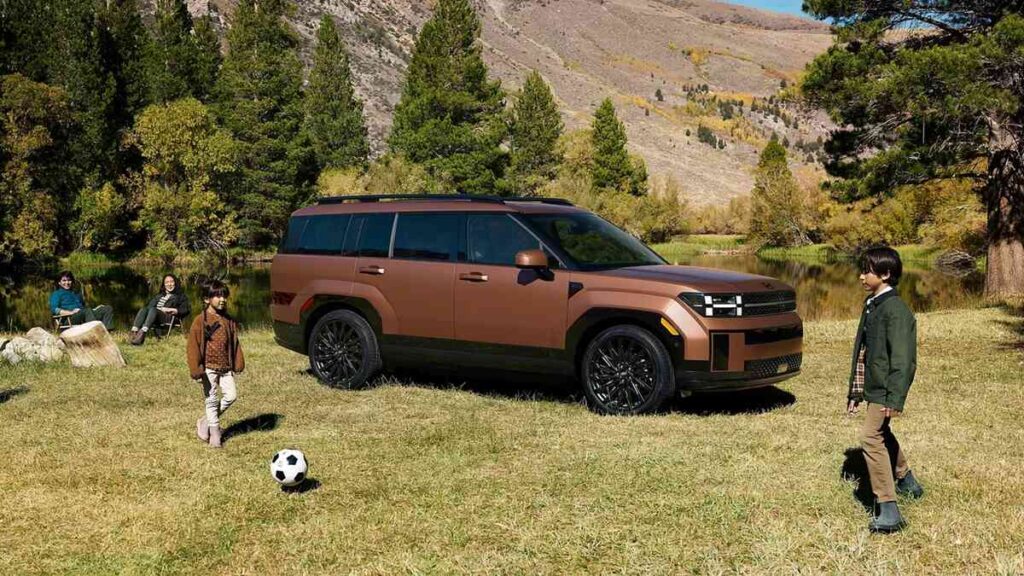
Cargo capacity of Hyundai Santa Fe
With a huge liftgate that measures 30 inches wide and 44.5 inches across, the Santa Fe has an astonishing amount of cargo-carrying capacity. The exact numbers are 14.6 cubic feet behind the third row, 40.5 cubic feet behind the second row, and 79.6 cubic feet behind the first row. You can fold the first and second rows for maximum cargo space.
Performance of Hyundai Santa Fe
Now we come to the performance. The Santa Fe has two available engine options. The 2.5-liter turbocharged 4-cylinder that delivers 277 horsepower with 311 lb-ft of torque has five trims. Along with this is an eight-speed automatic transmission. The front-wheel drive gives us an EPA-estimated 20/29/24 mpg on the city/highway/combined cycles. The all-wheel drive gives us 20/28/23 mpg. The XRT trim has a lower 19/26/22 mpg.
Next, the 1.6-liter turbocharged 4-cylinder delivers 231 net system horsepower with 271 combined system torque, and a six-speed automatic transmission, and has three hybrid trims. The FWD gets an EPA-estimated 36/35/36 mpg and the AWD gets 35/34/34 mpg.
On the bad side, The XRT has the lowest fuel economy among all the trims.
Pricing of Santa Fe
Santa Fe has five trims with a gas engine and three trims with a hybrid one. All trims have a choice between FWD and AWD, except the XRT trim which is available only in AWD.
The prices of the gas engine variants are given below.
- Santa Fe SE
FWD: $33,950
AWD: $35,750 - Santa Fe SEL
FWD: $36,450
AWD: $38,250 - Santa Fe Limited
FWD: $43,350
AWD: $40,600 - Santa Fe XRT
AWD: $45,150 - Santa Fe Calligraphy
FWD: $46,500
AWD: $48,300
The prices of the hybrid engine variants are given below.
- Santa Fe SE
FWD: $36,950
AWD: $38,750 - Santa Fe Limited
FWD: $43,850
AWD: $45,650 - Santa Fe Calligraphy
FWD: $47,000
AWD: $48,800
Overall, while the Hyundai Santa Fe claims to work off-road in addition to the smooth streets of the city, it is on the latter track that this car attains its true potential. This car’s acceleration is strong but quiet, which is an indication that its engine is quiet too. The gears shift smoothly. However, the position of the gearbox is a little awkward for the driver. The steering handles quite well. No matter which variant or trim you choose, it will include the basics.

